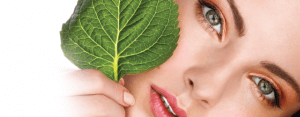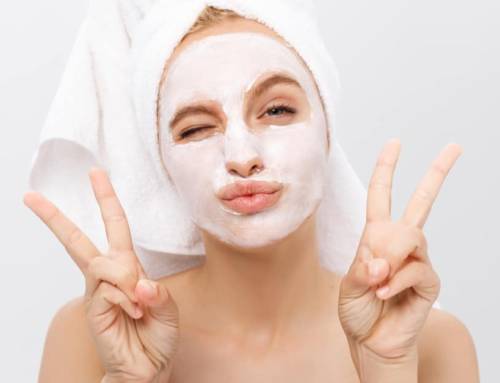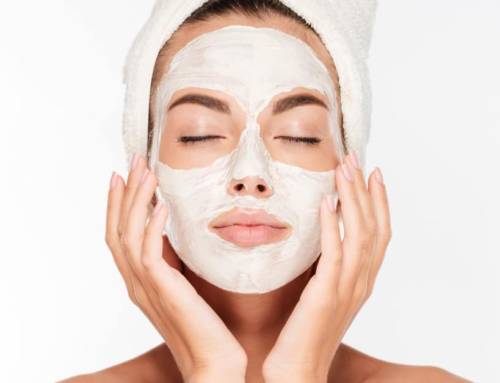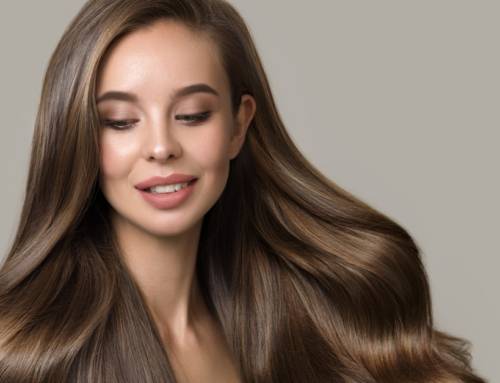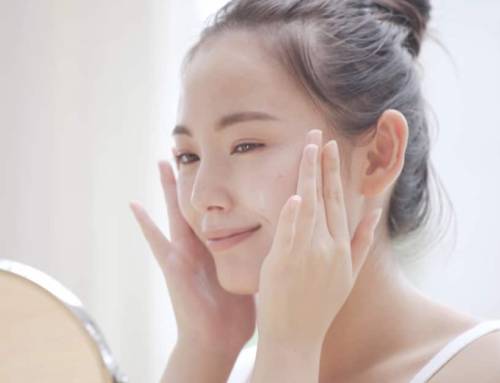Preservatives for the Age of Clean Beauty

Preservatives: The key to cosmetics
Cosmetic products, compromised mostly of water, carbohydrates, oils, and active ingredients, like peptides, are the perfect environment for the growth of microbes, bacteria, and fungi. Preservatives help prevent and control microbial activity within a personal care product, and make it safe for consumers to keep their products in warm, steamy environments like the bathroom.
Additionally, preservatives extend the shelf-life of products and protect the functioning of important hero and active ingredients like vitamins, minerals, and emulsifiers.
Traditional preservatives are now on the chopping block for consumers.
The rise of the clean beauty movement
The clean beauty movement took root several years ago, as natural claims, green, and organic beauty products began to take off. The clean beauty movement is most demarcated by what it is not.
“While there isn’t a singular definition, the clean beauty movement embraces both natural and man-made ingredients, putting the focus on safety over source. Not all ‘natural’ ingredients are safe (i.e. lead or poison ivy) and not all synthetic ingredients are unsafe.” – What is Clean Beauty? via Today.com
Essentially, to be “clean,” in the modern sensem beauty products must be formulated without a long, ever-evolving list of ingredients that have been potentially linked to irritation or negative health effects.
The challenge for formulators
The demand for clean beauty has been largely consumer driven and will continue to spike upwards over the next years, especially as major retailers like CVS and Target continue to remove products with “potentially harmful” ingredients and prestige stores like Sephora focus espousing their new “CLEAN at Sephora” products.
For formulators, the continued rise in popularity of “clean” beauty demands two crucial adaptations. Formulators must embrace the consumer desire for clean beauty products with innovative, unique products offerings and still ensure the safety and efficacy of products with more advanced, contemporary preservatives.
Preservatives for the clean beauty age
Preservatives featuring natural ingredients, like castor, coconut, or grapeseed oil, and extracts like citrus peel, rosemary, oregano, clove, thyme, and tea tree oil are one way to appeal to clean and natural-leaning consumers.
Additionally, incorporating green preservatives blends featuring organic acids can also be exciting to the clean beauty devotee, while still creating a safe, effective, and shelf-stable skincare, cosmetics, and personal care item.
While the clean beauty movement presents many challenges for formulators, the opportunity to use green, mild, and natural preservatives also offer an occasion for advanced innovation and new, enticing products to attract the next wave of clean-beauty curious consumers.

